
Mr. Brian Bynre - CEO of Siemens Energy Asia Pacific
1. Brian, you have been in Asia for some years now, tell us how far has the energy industry transform in Asia, particularly Asean?
Having been living in Asia for more than 8 years, I can see a lot of growth potential for ASEAN countries. For Asia Pacific alone, the growth in energy demand is projected to increase by 80% to 22,245 TWh in 2040 from 12,327TWh in 2018. The industry transformation has been on a rapid rise in keeping up with the dynamic market needs, especially as we see how opportunities are shifting from conventional methods like coal and nuclear to Having been living in Asia for more than 8 years, I can see a lot of growth potential for ASEAN countries. For Asia Pacific alone, the growth in energy demand is projected to increase by 80% to 22,245 TWh in 2040 from 12,327TWh in 2018. The industry transformation has been on a rapid rise in keeping up with the dynamic market needs, especially as we see how opportunities are shifting from conventional methods like coal and nuclear to gas and renewables in future.
We are making strong headways with solutions like decentralized power generation, for example, which completely changes how power generation used to be in traditional large-scale models and empowers for more energy to be generated and consumed locally in distributed energy systems and microgrids. gas and renewables in future. At the same time, we are also witnessing a growing share of renewable energy sources taking shape such as wind power in countries like Taiwan and Australia. This is already a present scenario and will have increased share of the energy mix in near future. A report released by Wood Mackenzie makes an optimistic read as it predicts that the levelized cost of electricity (LCOE) for renewable energy will be cheaper than coal in Asia Pacific by 2030, especially in India and Australia, followed by South Korea and Taiwan.
2. Amid rapid economic growth, ASEAN is faced with at least 50% rise in regional energy demand within a decade. This brings challenges in supplying energy affordably, sustainably and securely. Which energy is the most cost-efficient for this region?
It is true that coal presently remains a significant fuel, while coal and gas are still the choice of fuel for the region’s energy mix. In future however, the use of coal would reduce significantly in importance of the energy mix, and possibly be phased out in gradual approaches and replaced by other sources, including hydrogen as an emerging resource. Hydrogen is promising as the pillar of the future energy industry, but what’s equally important is for us to bring the cost down, and to make it a cost-effective and reliable solution. We are very excited to see countries like Japan, Korea, Taiwan and Vietnam riding a lot more on renewable energy sources these days and Australia being really big on hydrogen as well.
The idea that non-wastage of energy can also be regarded as a cost-effective pillar of a low-carbon economy. This is because it reduces the need for capital intensive investments in the electricity sector. For this reason, the “Energy Efficiency First” principle should be underpinned by a politically agreed upon, binding ambitious energy efficiency target. At the same time, the policy should be technology neutral: so that it would be the role of the market players to find the best and most cost-efficient solution to reach the target. I do believe that it will also take clear incentives for investments to take off in energy efficiency, such as via public R&D support schemes or tax credits.
3. Which renewable energy sectors are adopting the digital transformation? Which renewable energy sectors are adopting the digital transformation?
We see the solar and wind energy sectors are adopting digital transformation in a rapid manner. The industries have started to deploy enhanced intelligence such as predictive maintenance and analytics, remote operations, and asset management. Even the backbone infrastructure and grids are transforming digitally by connecting to smart sensors, cloud computing and Internet of Things. Technology is a great lever here because the integration of variable renewable generation will become a system challenge to grid design and system stability which demands a more dynamic grid operation, respective storage capacities for voltage and frequency control, as well as an advanced demand side management avoiding re-dispatch to deploy enhanced intelligence such as predictive maintenance and analytics, remote operations, and asset management.
Even the backbone infrastructure and grids are transforming digitally by connecting to smart sensors, cloud computing and Internet of Things. Technology is a great lever here because the integration of variable renewable generation will become a system challenge to grid design and system stability which demands a more dynamic grid operation, respective storage capacities for voltage and frequency control, as well as an advanced demand side management avoiding re-dispatch. Given the fluctuations and inconsistency with renewable energy sources, our Power-to-X technologies such as Power-to-hydrogen is another key lever to help balance consumption versus renewable production. As the technology enables renewable-based surplus electricity to be converted into gaseous or liquid fuels, this storage solutions provides the option for high volume, long-term seasonal energy storage.
4. Which 3 key challenges for digital transformation on the energy sectors?
i) The decarbonization of the economy.
All stakeholders will need to align on the technological and economic feasibility of a future low carbon energy system. This would involve rolling out low-carbon emitting technologies to the utilization of Power-to-X applications to drive the decarbonization of the economy forward. At the same time, we will need to look into the balance of energy systems between fossil fuel and renewable energy while meeting the increasing energy demand.
ii) Cybersecurity.
The second challenge is cybersecurity, which will be a key concern because customers would like to know the risks and exposure involved when having their data and assets stored in the Cloud or server, also the network security and vulnerability to be breached. At Siemens Energy, cybersecurity is a topic close to our hearts as we aim to create a future energy system in a safe and secure environment and improve the efficiency of our own processes and service delivery.
iii) The Cost and Law of Nature.
The cost and law of nature are factors that may also impede any chance to jump on the digital journey. Companies would be keen to know if the technological investments they are making are worth the money and time spent, while the law of nature would mean that digital tools and applications have to be able to safeguard the infrastructure, the health of assets and the frontline capability.
5. Which country in Asia has so far adapted to this digital transformation and which industry is that? Which country in Asia has so far adapted to this digital transformation and which industry is that?
In Asia, countries like Singapore and Vietnam are moving rapidly on the digital bandwagon. The Singapore government, for example, is accelerating the country's development and vision towards a smart nation by advocating innovative technologies to drive and encourage businesses. In Asia, countries like Singapore and Vietnam are moving rapidly on the digital bandwagon. The Singapore government, for example, is accelerating the country's development and vision towards a smart nation by advocating innovative technologies to drive and encourage businesses. Meanwhile, Vietnam is also developing rapidly and has outlined its aim to become a digital society by 2030. The digital economy is also projected to make up some 20% of the country's GDP in future.
6. Is it more challenging now for the digital transformation to happen during this pandemic?
The digital curve was steep nevertheless but by almost overnight, many companies including Siemens Energy had to put our digital solutions to crucial and immediate use, like deploying remote and virtual support to customers, and facilitating digital support and implementation for our employees. What we learnt is realizing how we can adapt quickly when the existing solutions are no longer possible – for example with digital innovation and tools, we had them for a long time, but they were not implemented heavily. When travel restrictions kicked-in, our remote technical support amazingly also kicked-in very quickly. Another lesson learnt is that while people are uncomfortable with change, however, when these challenges are presented without much choice, it is incredible to know what we can achieve.
7. Please share with us 2 very notable events for you and your team during this pandemic.
We had our fair share of accomplishments and moments of pride especially considering the circumstances and challenges throughout the whole of last year. But if I had to choose two most notable events, then I would go with these: We had our fair share of accomplishments and moments of pride especially considering the circumstances and challenges throughout the whole of last year. But if I had to choose two most notable events, then I would go with these: -
What we did for our employees:
When COVID-19 hit, the first thing we did was to ensure a clear and transparent line of communications for employees. We planned and discussed early on the prospects of what may happen and tried to anticipate possible problems that may arise. When people had to work from home for an unspecified duration of time, we continued to maintain the virtual engagement and communicate updates on both businesses and pandemic situation.
With this new way of working, we also asked collective feedback from the employees on how working-from home has been for them and how our office spaces could look like in future. In terms of well-being, we made sure that support was offered to everybody across the hub, regardless of their location. communicate updates on both businesses and pandemic situation. With this new way of working, we also asked collective feedback from the employees on how working-from home has been for them and how our office spaces could look like in future. In terms of well-being, we made sure that support was offered to everybody across the hub, regardless of their location.
What We Did for the Siemens Energy Brand:
Apart from dealing with our day-to-day business, we were also managing a lot of behind the-scenes works like creating our own legal entity, engaging our customer and partners regularly, and rebranding our identity. I am very glad and proud to see that thousands of Team Purple across different regions who joined hands and made this an overwhelming success and reality
What continues to guide us is the Energy of Tomorrow, our strategy and compass
- Phase 1
Accelerating Impact (this entails investing in our employees and protecting them from harm, enabling co-create innovations, focusing on cost and investments, becoming a foremost employer in creating work spaces that are inclusive and diverse)
- Phase 2 Leading the Energy Transformation (our mission is to become the world’s most valued energy technology company, the industry’s sustainability leader, and every country’s partner-of-choice offering world-class digital services and pushing the energy transformation)
Find more at https://www.siemens.com/global/en.html






.png)

.jpg)

.jpg)
.png)




.jpg)

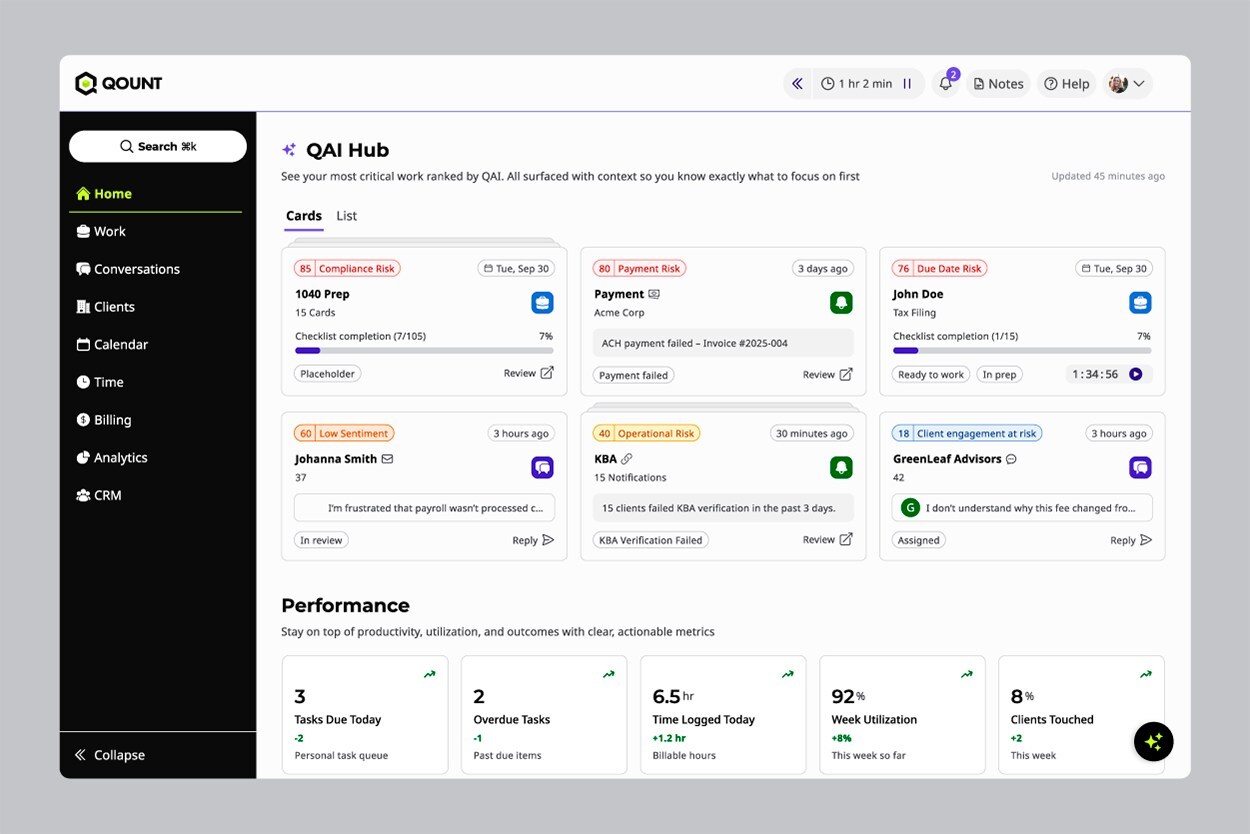









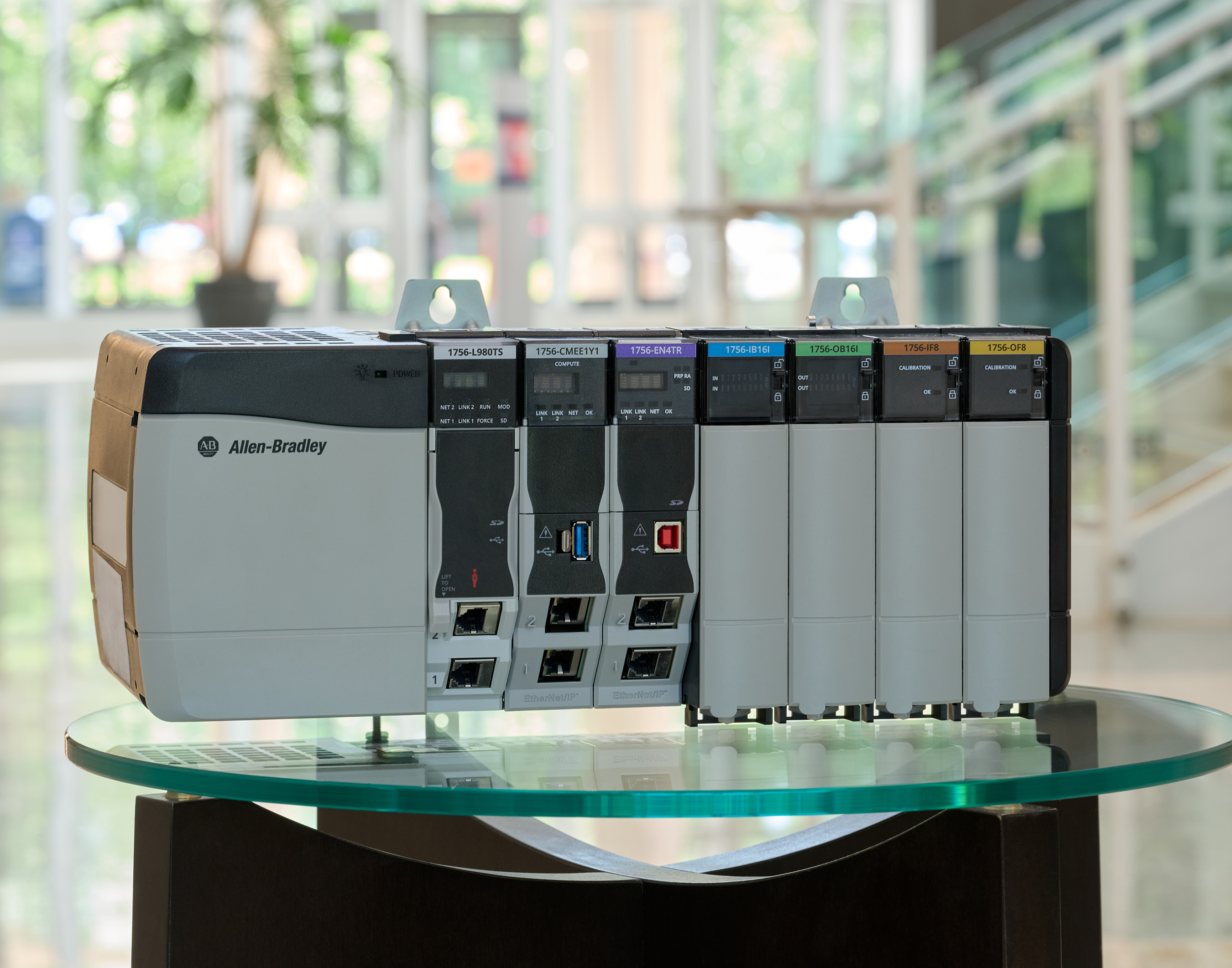

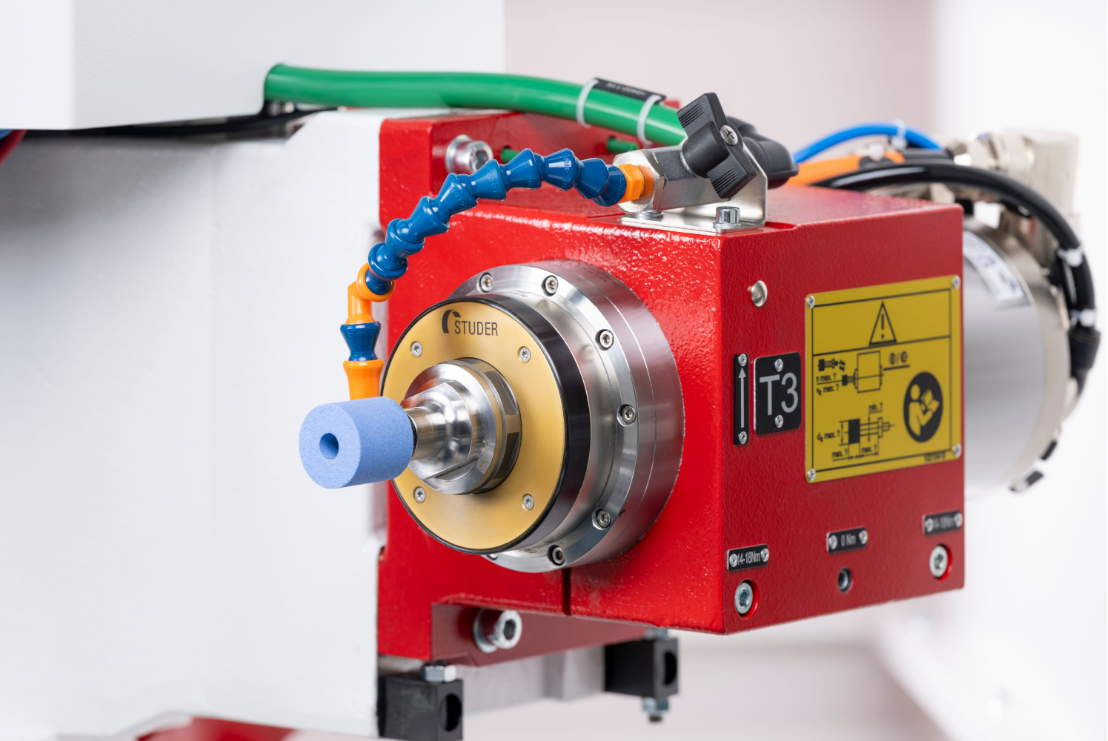

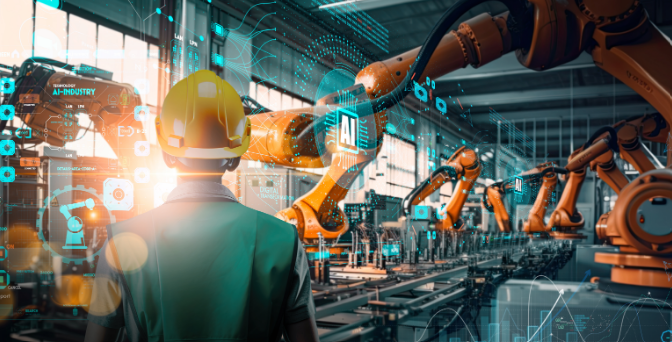



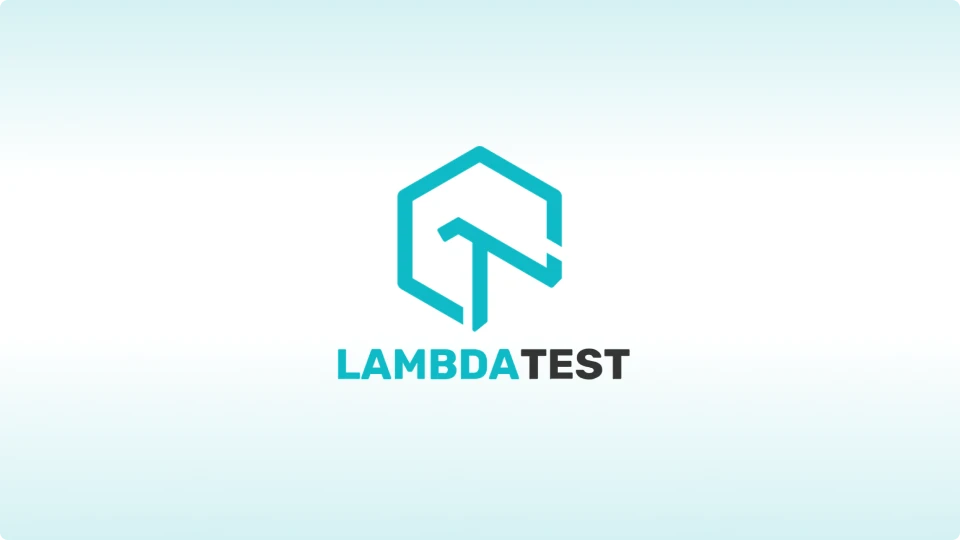
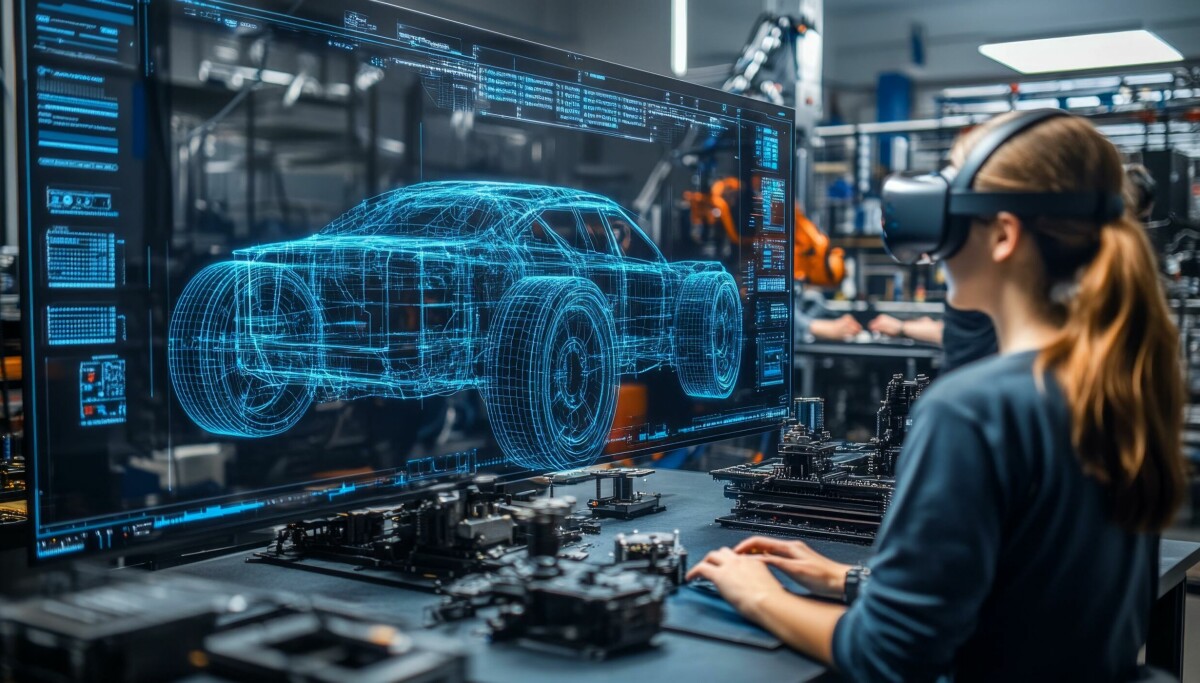

.png)
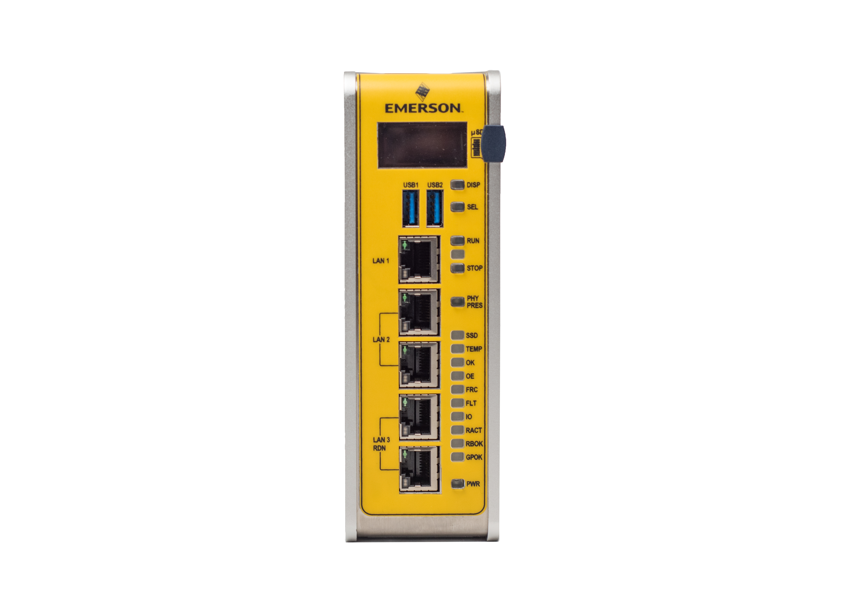










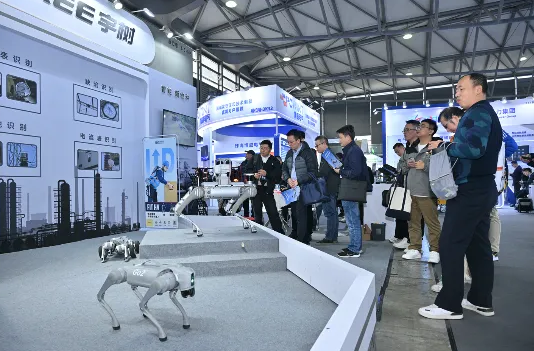
.png)





























.png)











.png)

















